Light Cooking Methods That Help You Lose Weight Quickly: A Comprehensive Guide to Healthy and Effective Weight Loss
Introduction
In a world where fad diets and extreme workout regimens dominate the weight loss conversation, the role of cooking methods in achieving sustainable and healthy weight loss is often overlooked. Yet, the way we prepare our food can have a profound impact on our calorie intake, nutrient retention, and overall health. Light cooking methods not only preserve the natural goodness of ingredients but also help you shed pounds without sacrificing flavor or satisfaction.
This article delves into the science and art of light cooking, exploring techniques that can help you lose weight quickly while maintaining a balanced and enjoyable diet. From steaming and grilling to poaching and stir-frying, we’ll uncover the best practices for preparing meals that are both delicious and waistline-friendly. Whether you’re a seasoned home cook or a beginner in the kitchen, this guide will equip you with the knowledge and tools to transform your cooking habits and achieve your weight loss goals.
The Science Behind Light Cooking and Weight Loss
Understanding Caloric Density and Nutrient Retention
Light cooking methods are designed to minimize the addition of extra fats and oils while maximizing the retention of nutrients. Foods that are steamed, grilled, or poached tend to have lower caloric density compared to fried or heavily processed options. Caloric density refers to the number of calories in a given volume of food. By choosing cooking methods that reduce caloric density, you can eat larger portions without consuming excessive calories, which is key to weight loss.
Moreover, light cooking preserves essential vitamins and minerals that are often lost during high-heat or prolonged cooking processes. For example, water-soluble vitamins like vitamin C and B vitamins are better retained when foods are steamed or blanched rather than boiled.
The Role of Cooking Methods in Appetite Control
Certain cooking techniques can also influence how full you feel after a meal. For instance, grilling or roasting vegetables can enhance their natural sweetness and fiber content, promoting satiety and reducing the likelihood of overeating. On the other hand, frying can add unnecessary fats and calories, leading to a higher calorie intake without the same level of satisfaction.
Top Light Cooking Methods for Weight Loss
1. Steaming: The Ultimate Nutrient-Preserving Technique
Steaming is one of the healthiest cooking methods, as it requires no added fats and preserves the natural flavors and nutrients of food. This technique is particularly effective for vegetables, fish, and poultry.
Practical Tips for Steaming:
- Use a bamboo or electric steamer to cook vegetables like broccoli, carrots, and zucchini.
- Add herbs, citrus zest, or spices to the steaming water for extra flavor.
- Steam fish fillets with a slice of lemon and a sprig of dill for a light and flavorful meal.
2. Grilling: Flavor Without the Fat
Grilling is a fantastic way to cook meats, vegetables, and even fruits without adding extra calories. The high heat of the grill caramelizes the natural sugars in food, creating a rich, smoky flavor that satisfies the palate.
Practical Tips for Grilling:
- Opt for lean cuts of meat, such as chicken breast or turkey, to keep calories in check.
- Use a grill basket for smaller vegetables like cherry tomatoes or asparagus to prevent them from falling through the grates.
- Marinate proteins in a mixture of olive oil, vinegar, and herbs to enhance flavor without excessive calories.
3. Poaching: Gentle Cooking for Delicate Foods
Poaching involves cooking food in simmering water or broth, making it an excellent choice for delicate proteins like eggs, fish, and chicken. This method adds moisture without fat, resulting in tender and flavorful dishes.
Practical Tips for Poaching:
- Use a flavorful liquid, such as vegetable broth or white wine, to infuse the food with additional taste.
- Poach eggs for a healthy breakfast option that pairs well with whole-grain toast and avocado.
- Poach chicken breasts in a mixture of water, garlic, and bay leaves for a lean protein base for salads or sandwiches.
4. Stir-Frying: Quick, Healthy, and Versatile
Stir-frying is a fast and efficient cooking method that uses minimal oil and high heat to cook ingredients quickly. This technique is ideal for preserving the crunch and nutrients of vegetables while creating a satisfying meal.
Practical Tips for Stir-Frying:
- Use a non-stick wok or skillet to reduce the amount of oil needed.
- Incorporate a variety of colorful vegetables, such as bell peppers, snap peas, and mushrooms, for a nutrient-packed dish.
- Add lean proteins like tofu, shrimp, or thinly sliced chicken breast for a balanced meal.
5. Baking and Roasting: Healthy Comfort Food
Baking and roasting are excellent methods for creating hearty, satisfying meals without excessive fats. These techniques allow you to cook large batches of food, making them ideal for meal prep.
Practical Tips for Baking and Roasting:
- Roast vegetables like sweet potatoes, Brussels sprouts, and cauliflower with a light drizzle of olive oil and a sprinkle of seasoning.
- Bake chicken or fish in parchment paper (en papillote) with herbs and citrus for a flavorful, low-calorie dish.
- Avoid heavy sauces and opt for fresh herbs, spices, and citrus juices to enhance flavor.
6. Blanching: Preserving Color and Nutrients
Blanching involves briefly boiling vegetables and then plunging them into ice water to stop the cooking process. This method is perfect for retaining the vibrant color and crisp texture of vegetables.
Practical Tips for Blanching:
- Blanch green beans, asparagus, or broccoli before adding them to salads or stir-fries.
- Use blanched vegetables as a base for light pasta dishes or grain bowls.
- Pair blanched vegetables with a simple vinaigrette for a refreshing side dish.
Incorporating Light Cooking into Your Daily Routine
Meal Planning and Prep
To make light cooking a consistent part of your lifestyle, invest time in meal planning and prep. Dedicate a few hours each week to preparing ingredients and cooking meals in advance. This will help you avoid the temptation of unhealthy convenience foods.
Portion Control and Balanced Meals
Even with light cooking methods, portion control is crucial for weight loss. Aim to fill half your plate with vegetables, a quarter with lean protein, and a quarter with whole grains or starchy vegetables. This balance ensures you get a variety of nutrients without overeating.
Experimenting with Flavors
One of the joys of light cooking is the opportunity to experiment with new flavors and ingredients. Try incorporating international cuisines, such as Mediterranean or Asian, which often emphasize fresh, wholesome ingredients and light cooking techniques.
Common Mistakes to Avoid
Overusing Healthy Fats
While olive oil and avocado oil are healthier alternatives to butter or margarine, they are still calorie-dense. Use these fats sparingly to avoid unintentionally increasing your calorie intake.
Relying Too Heavily on Processed “Diet” Foods
Many processed foods marketed as “low-calorie” or “diet-friendly” are loaded with artificial additives and lack essential nutrients. Stick to whole, minimally processed ingredients for the best results.
Neglecting Protein and Fiber
Protein and fiber are essential for satiety and muscle maintenance during weight loss. Ensure your meals include adequate amounts of both to stay full and energized.
Conclusion
Light cooking methods offer a sustainable and enjoyable way to lose weight without compromising on taste or nutrition. By embracing techniques like steaming, grilling, poaching, and stir-frying, you can create meals that are both delicious and waistline-friendly. Remember to focus on nutrient-dense ingredients, practice portion control, and experiment with flavors to keep your meals exciting and satisfying.
Ultimately, the key to successful weight loss lies in adopting a balanced and mindful approach to eating. Light cooking is not just a means to an end but a lifelong habit that can enhance your health and well-being. So, grab your apron, fire up the stove, and start cooking your way to a healthier, happier you!

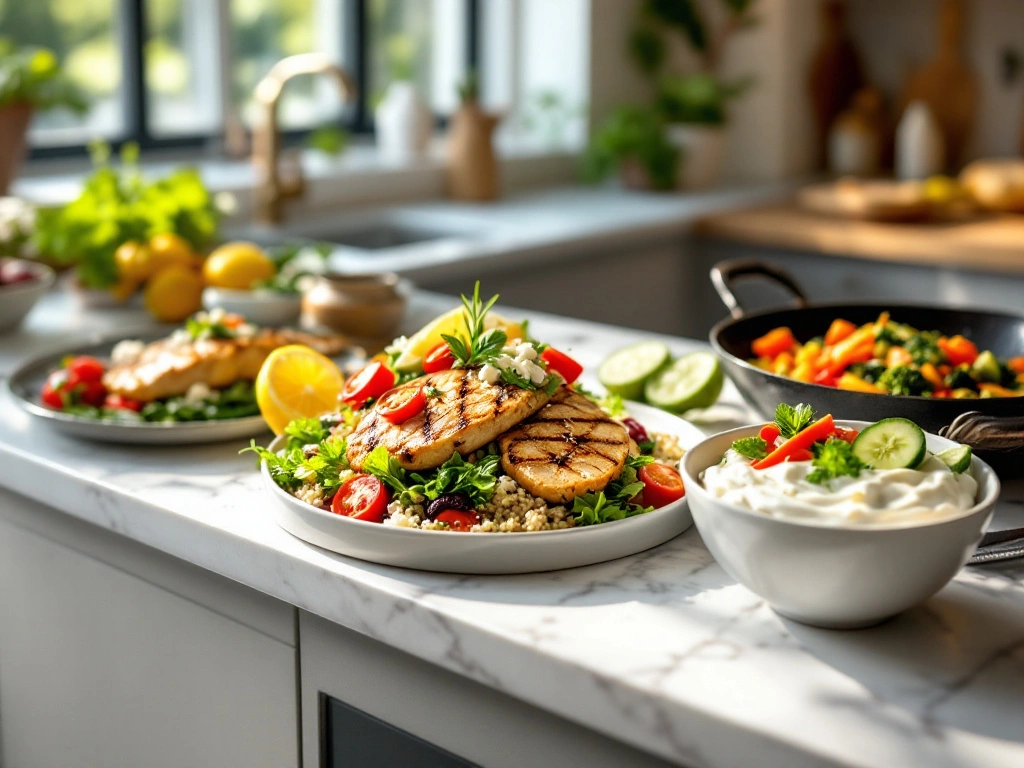
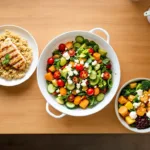

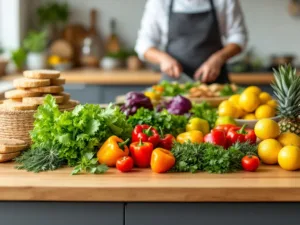
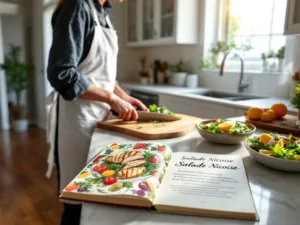
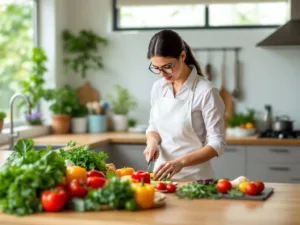

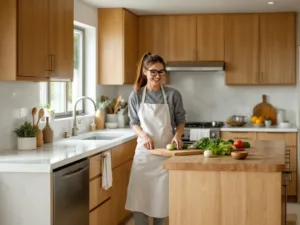
Add comment